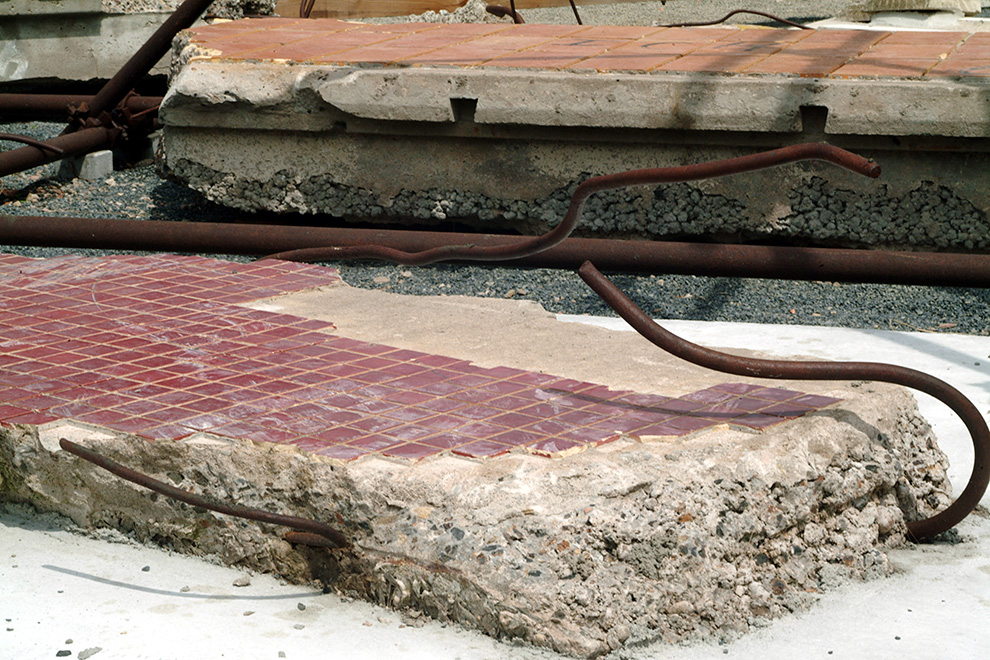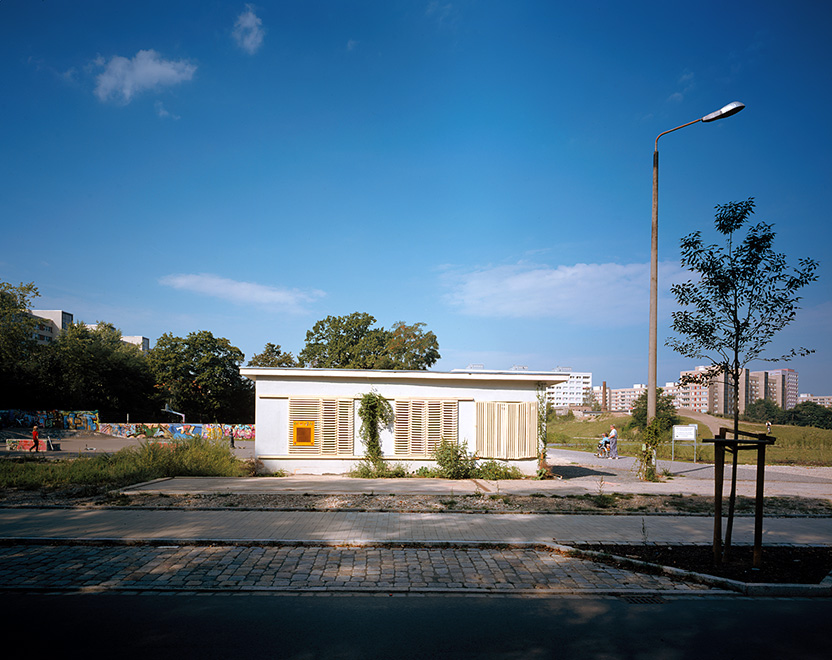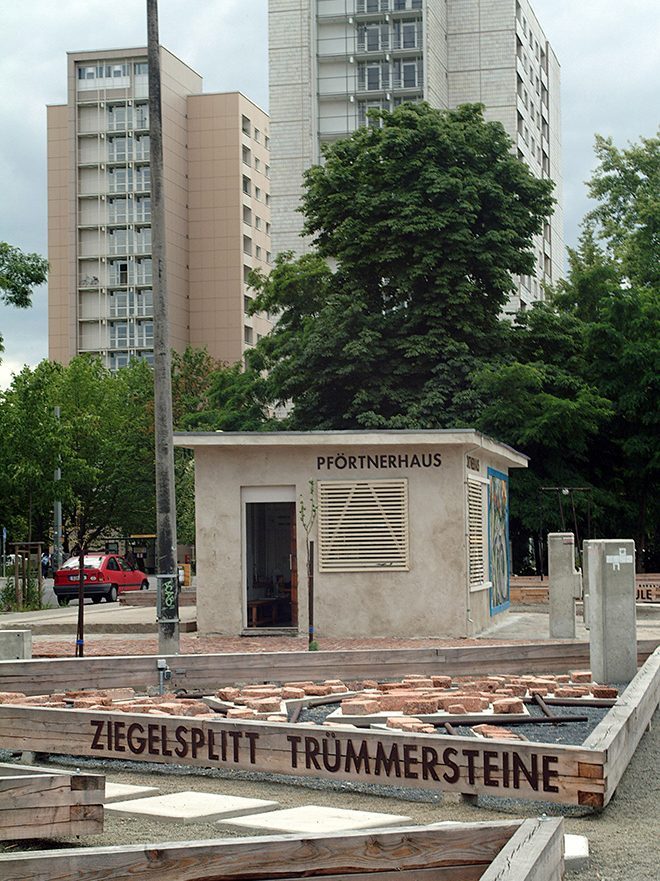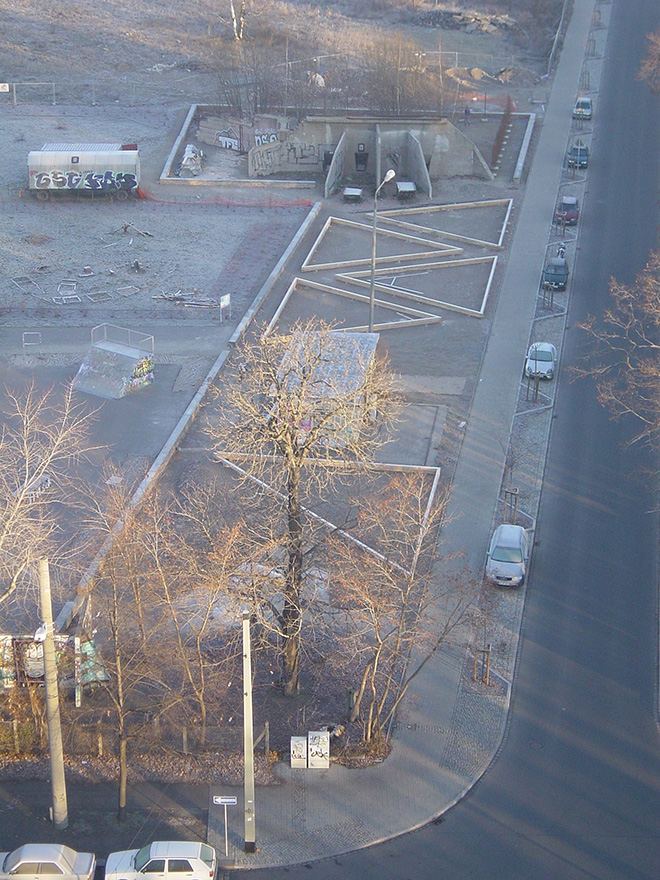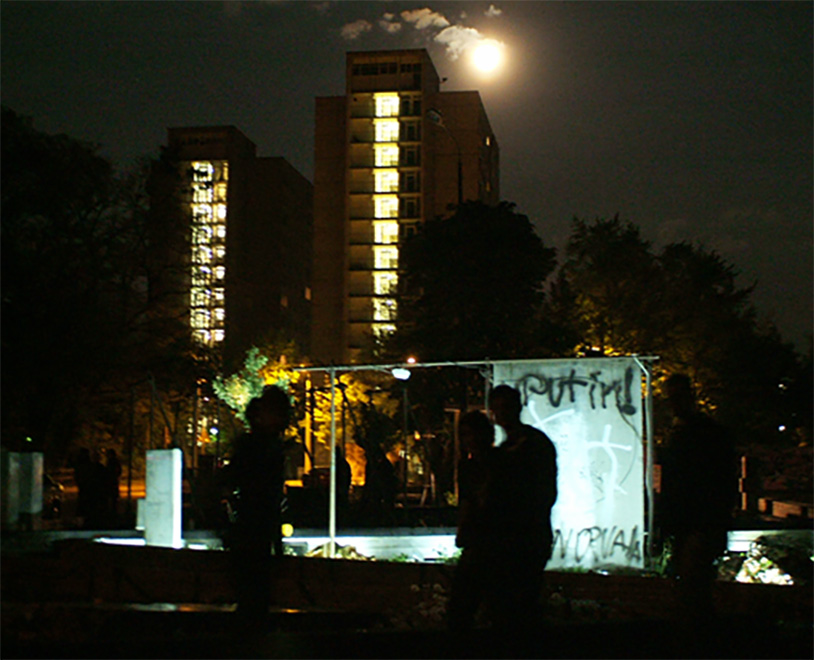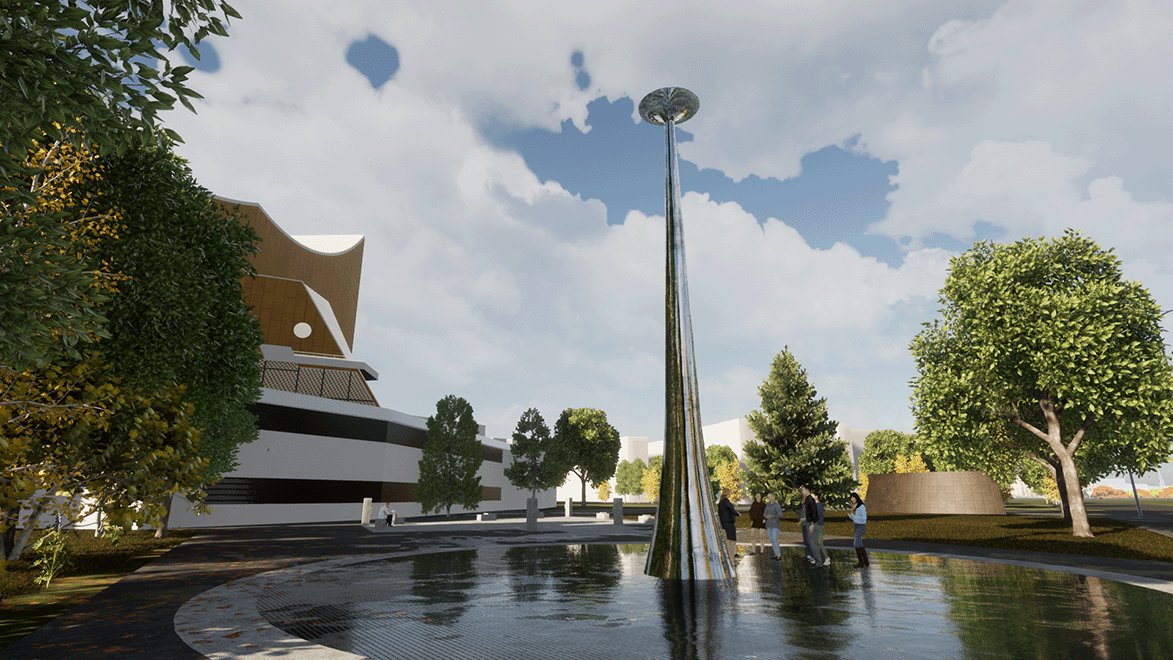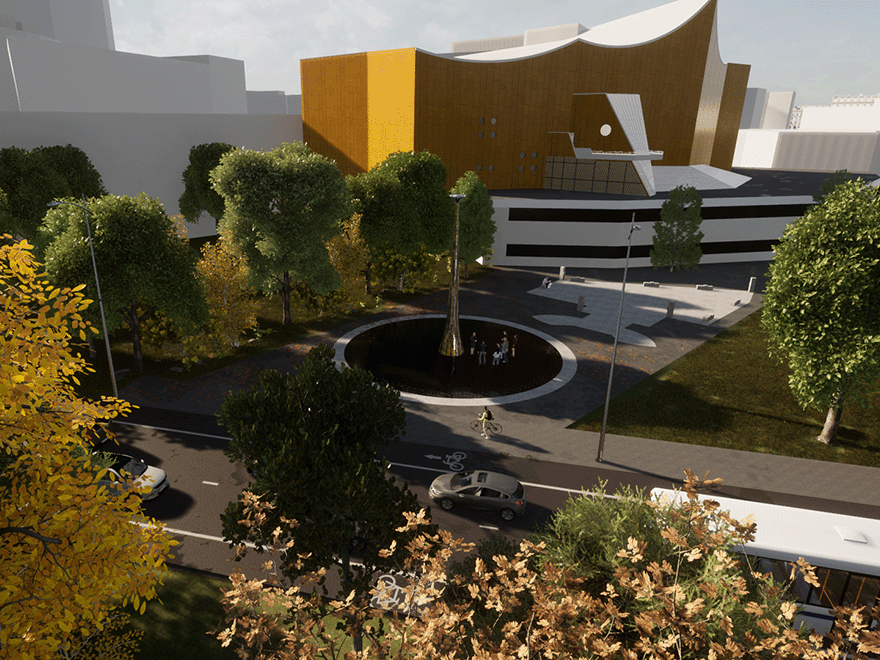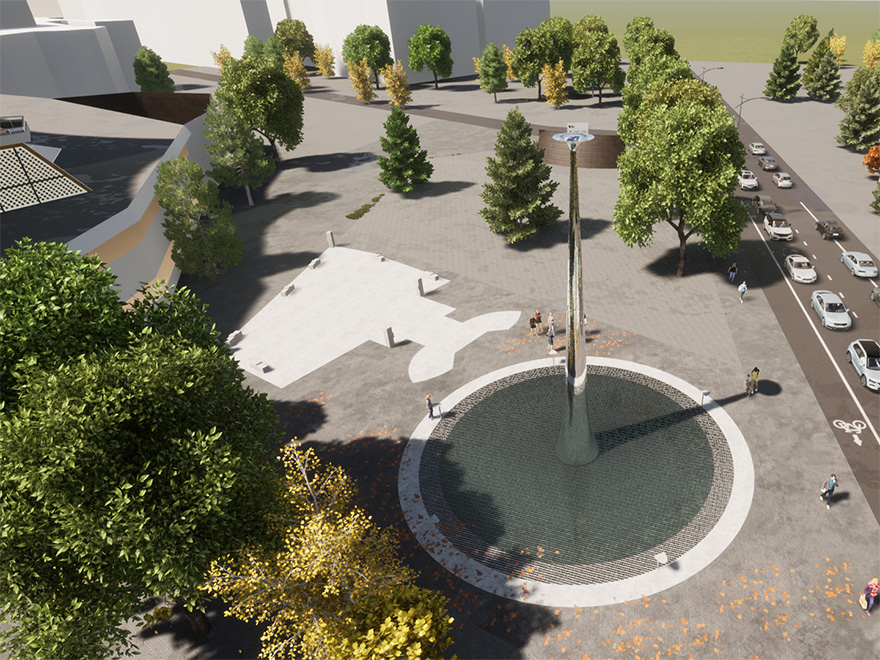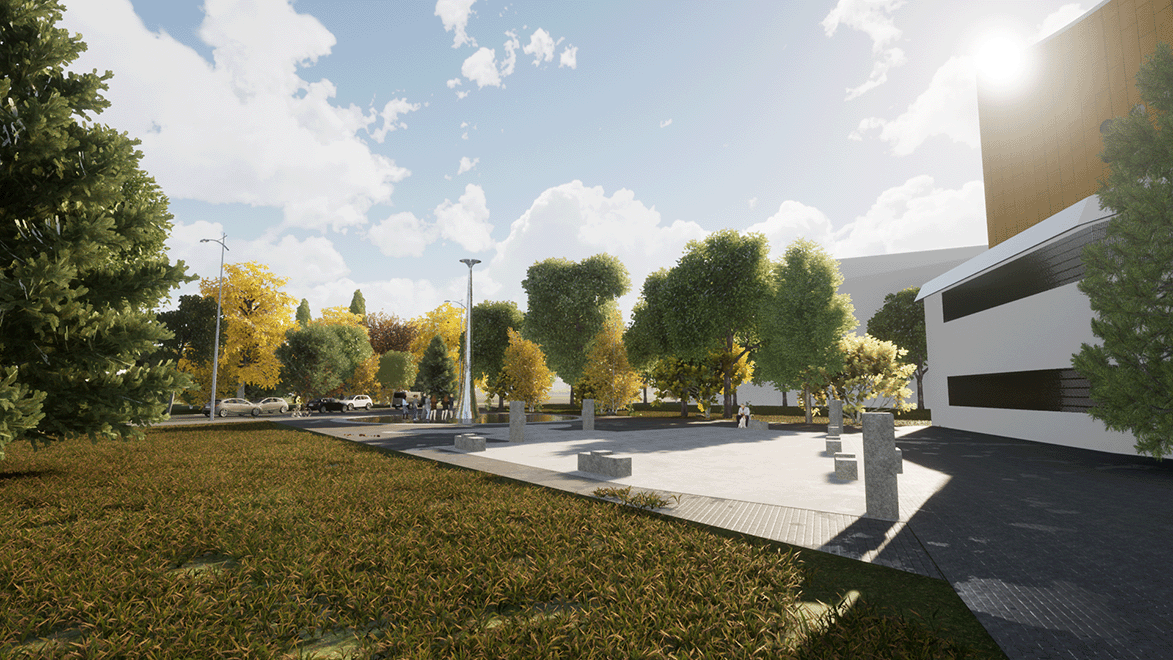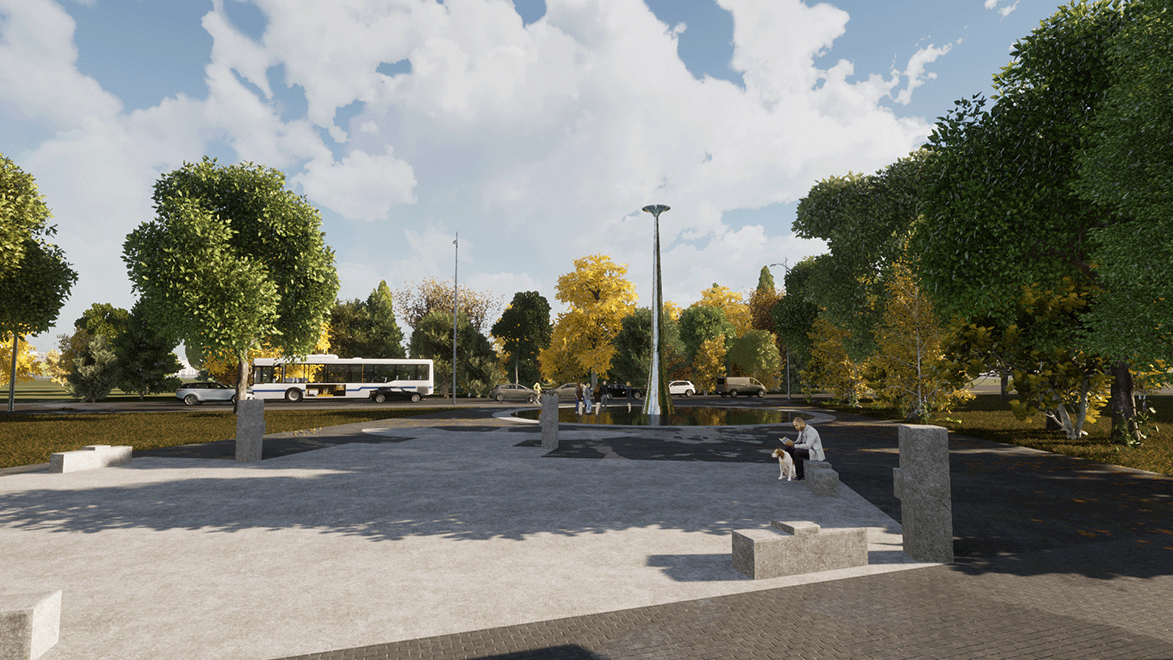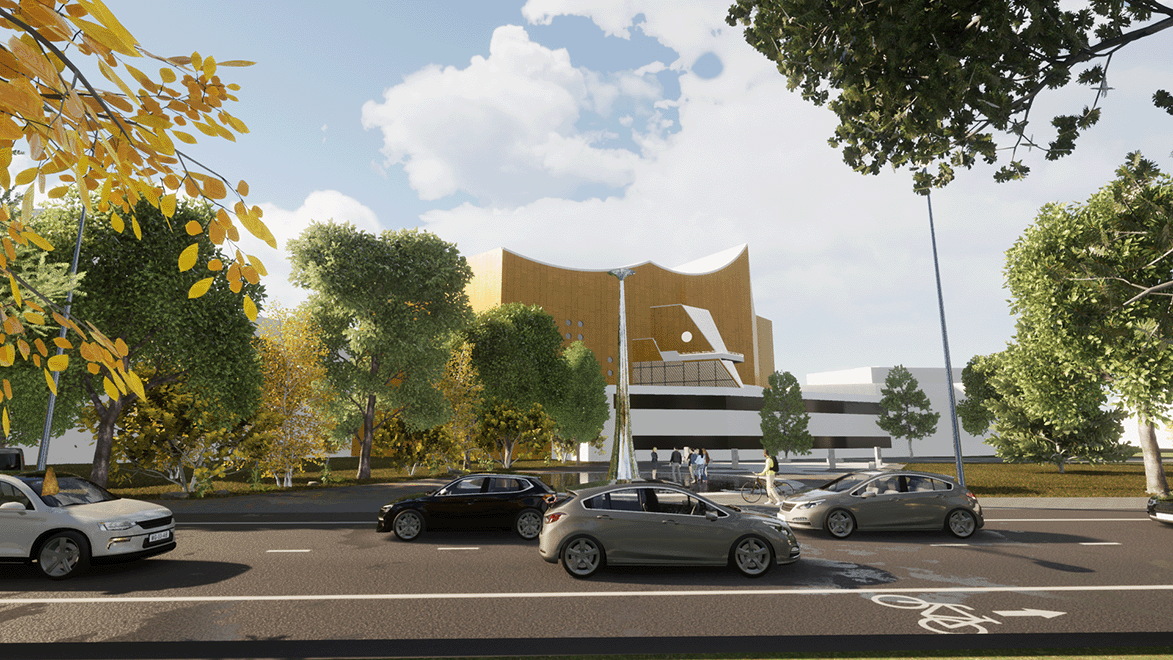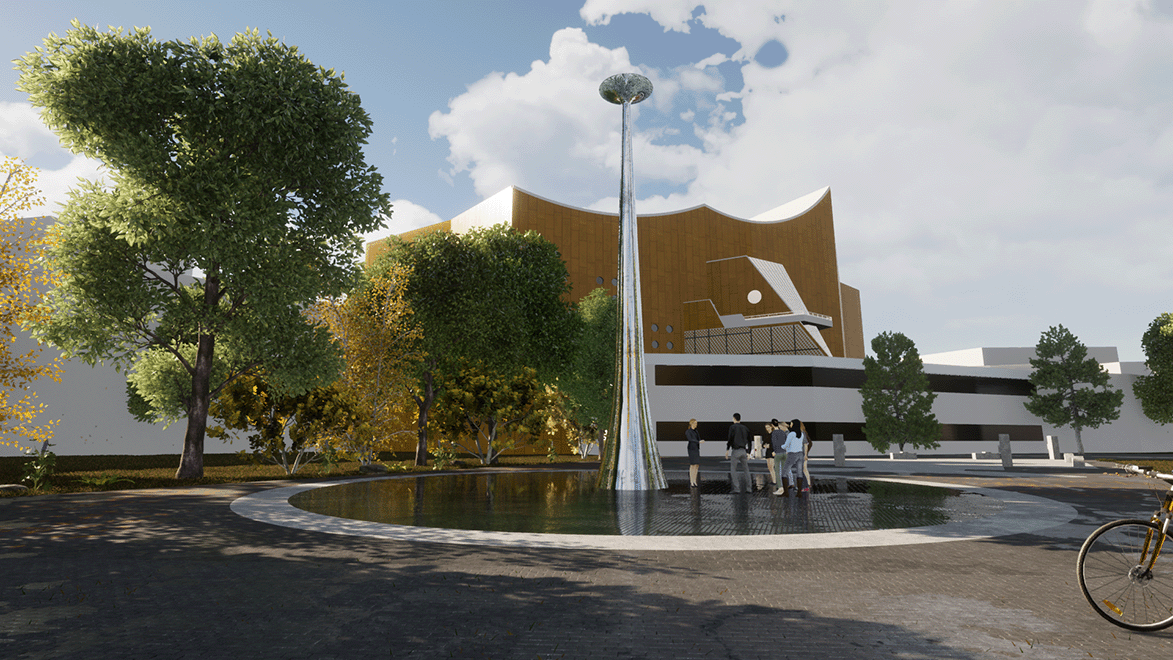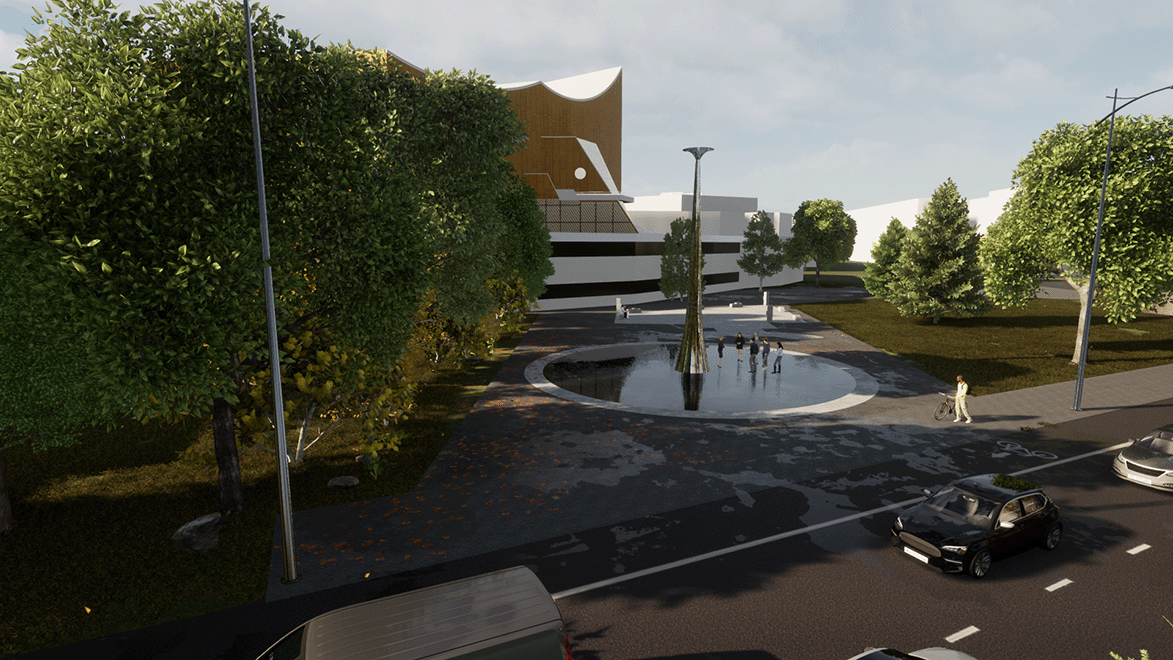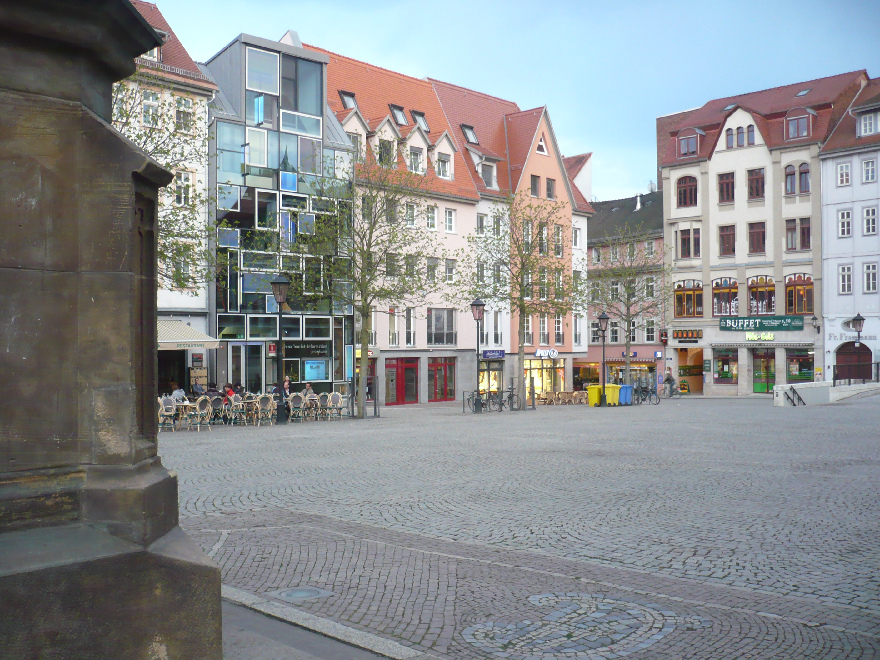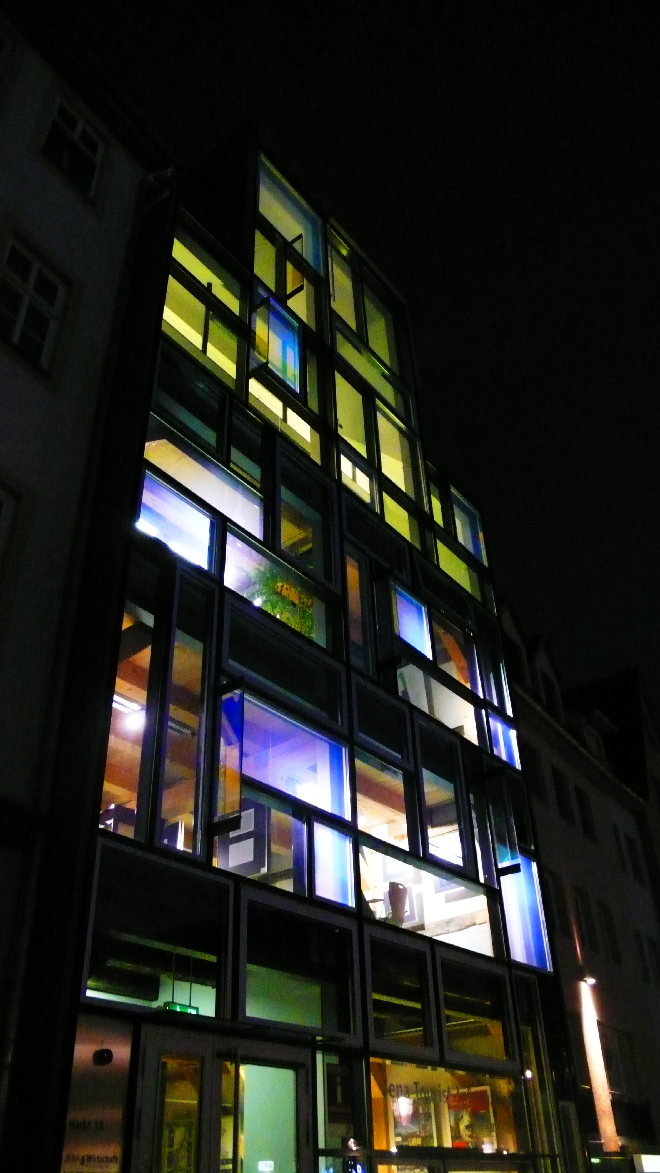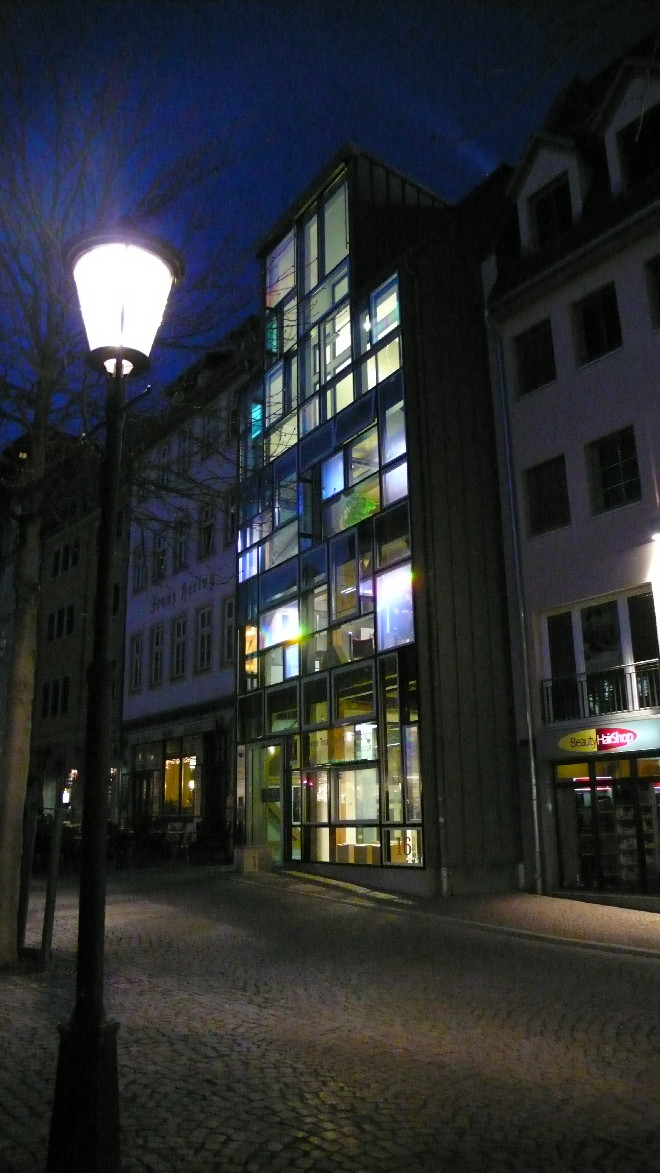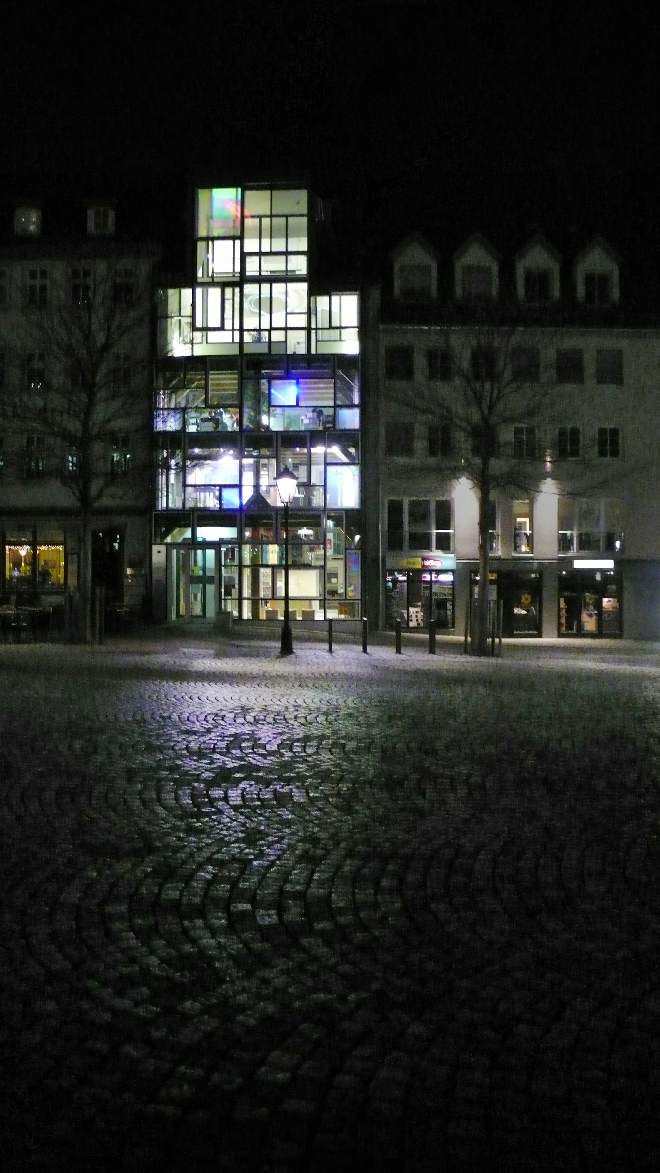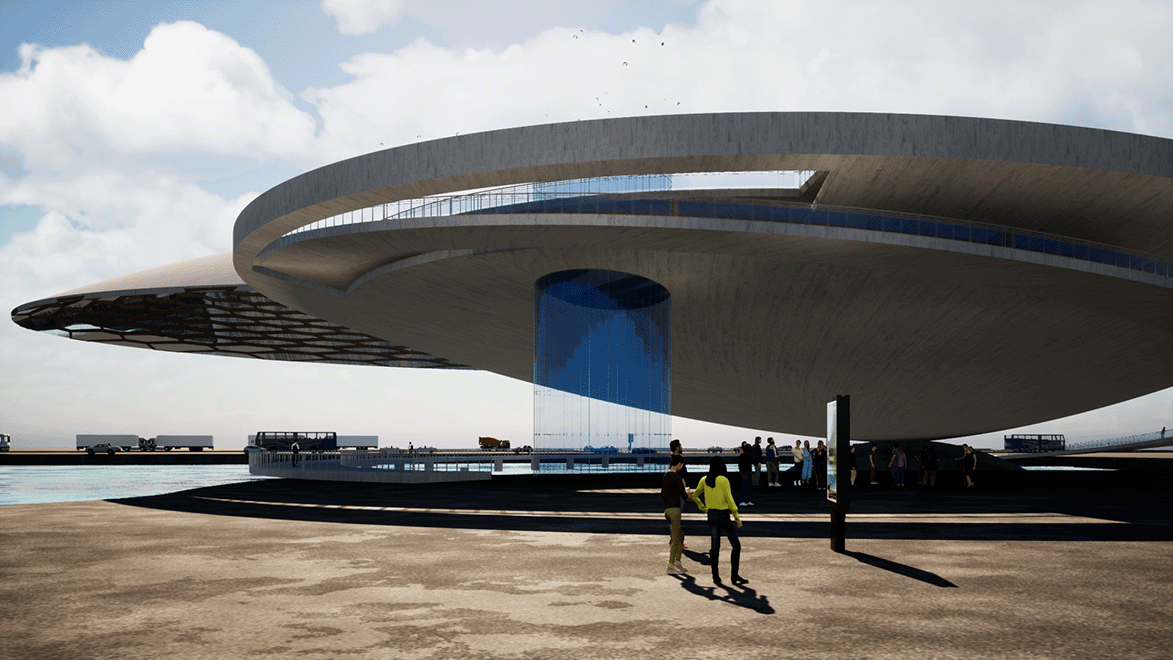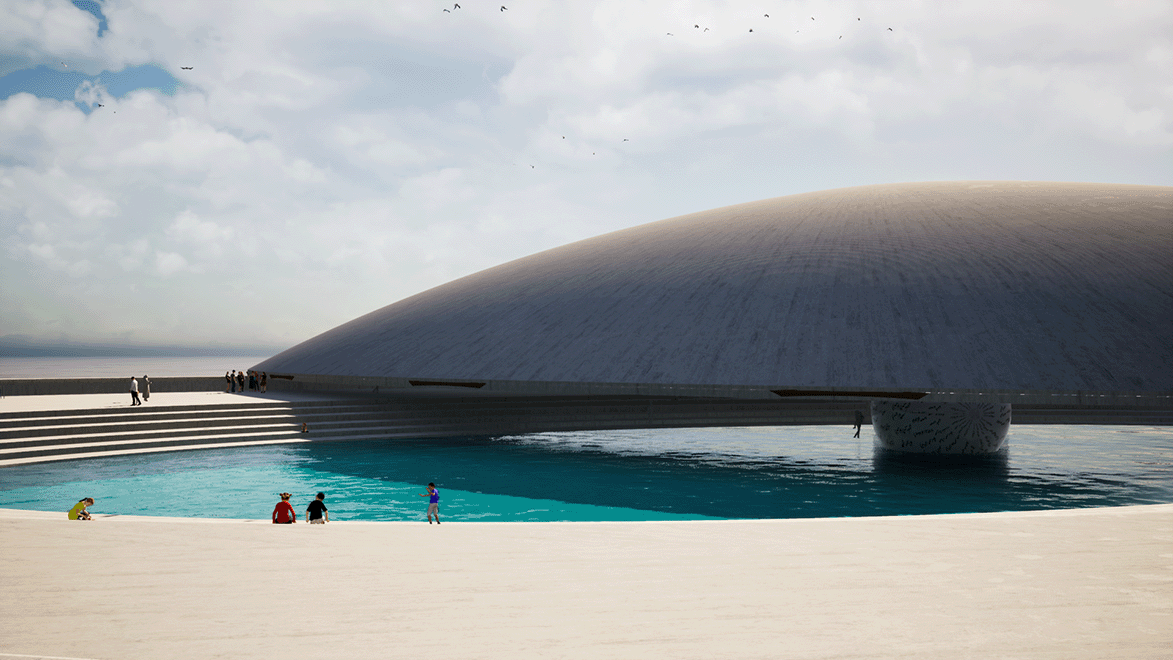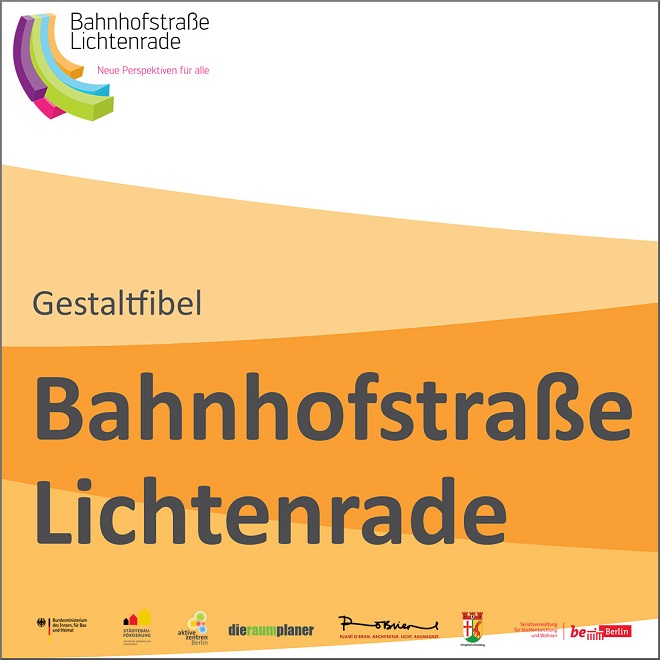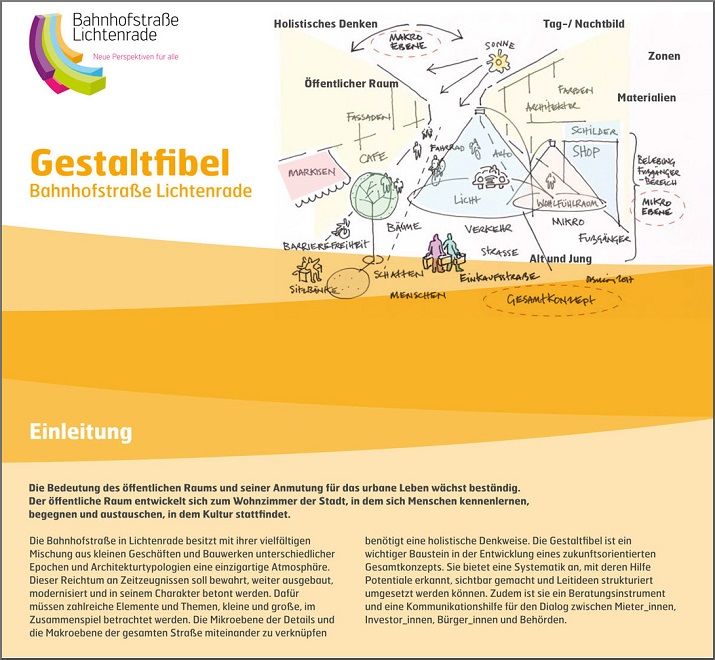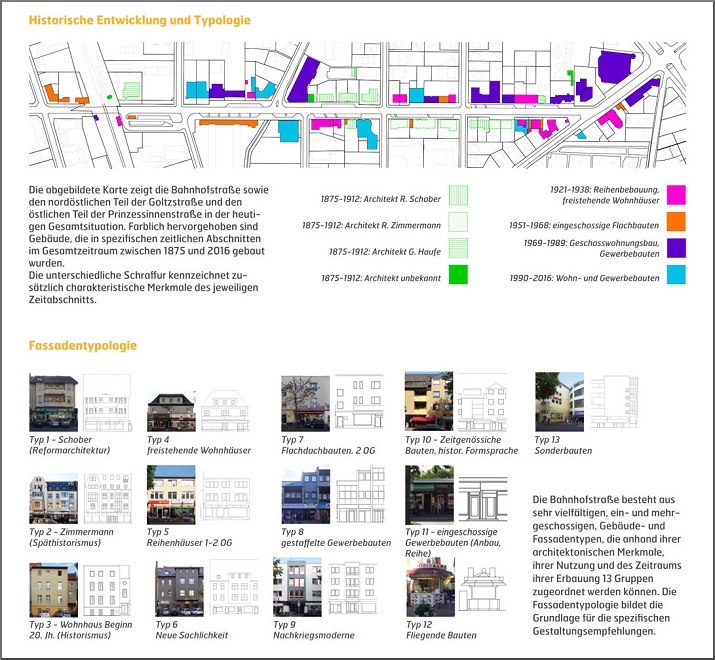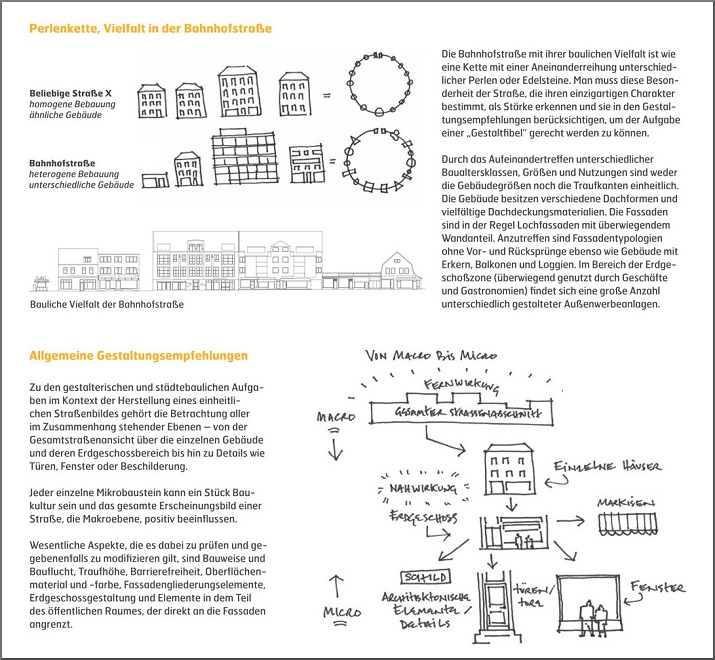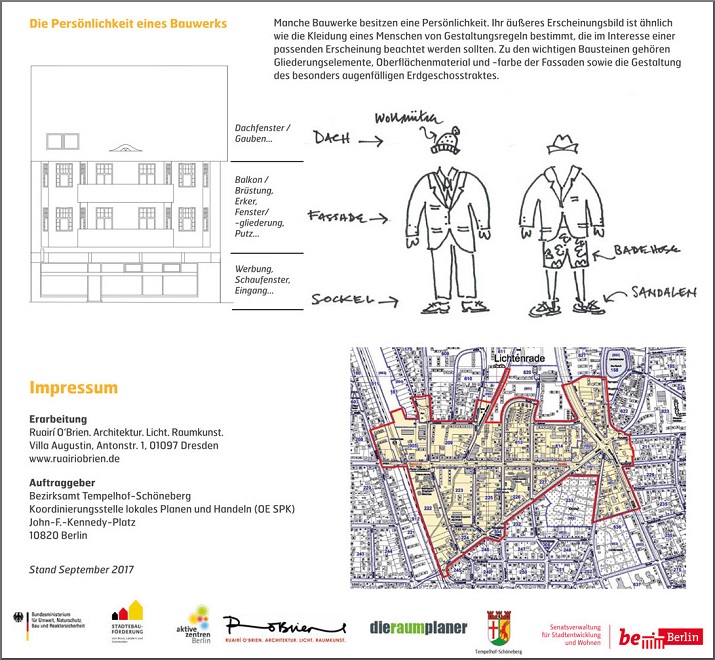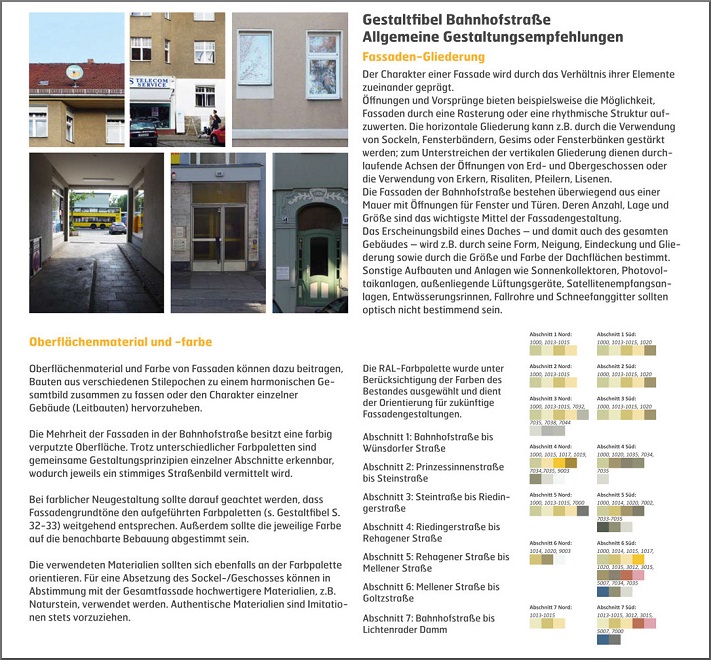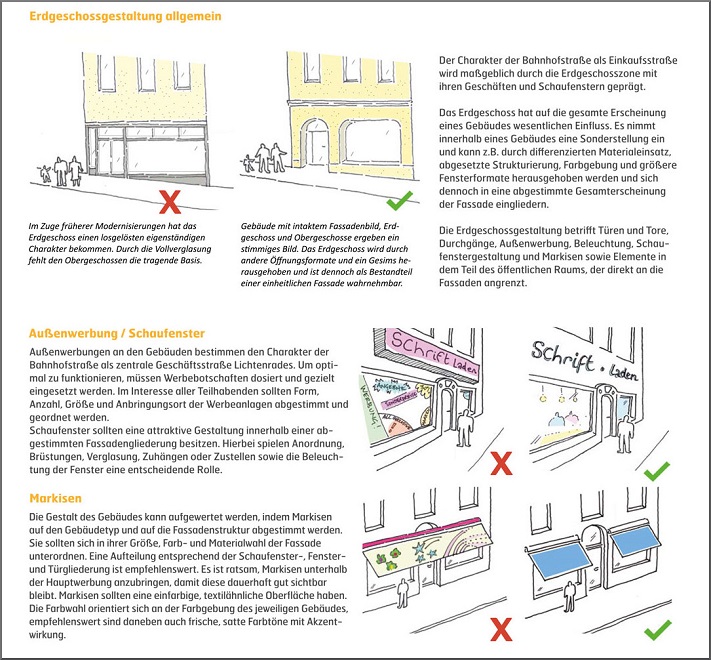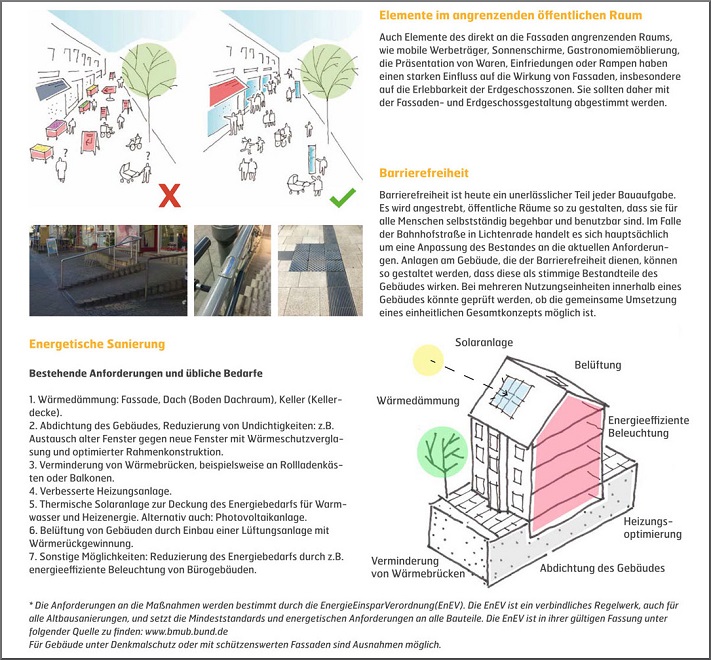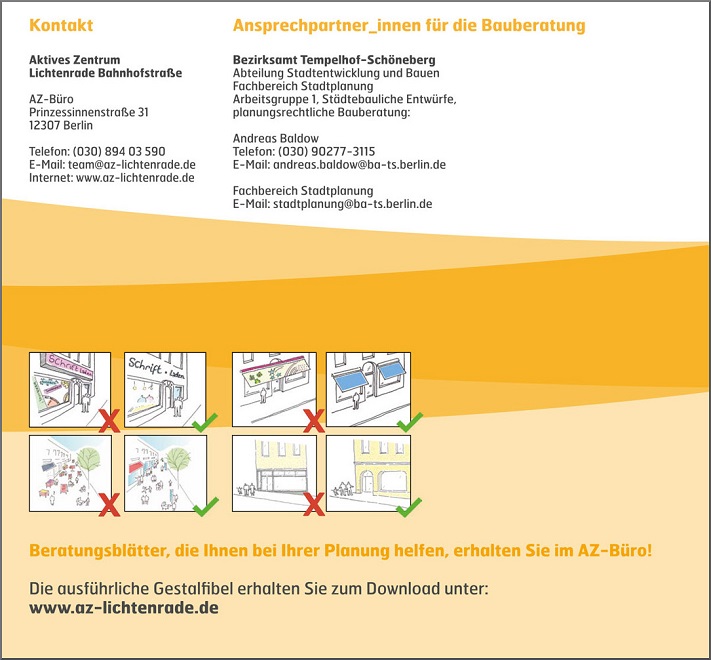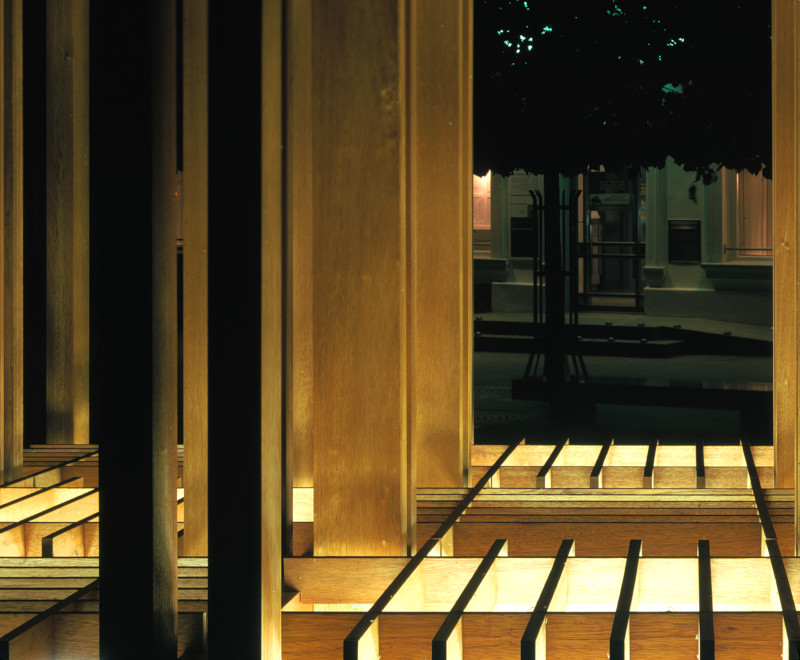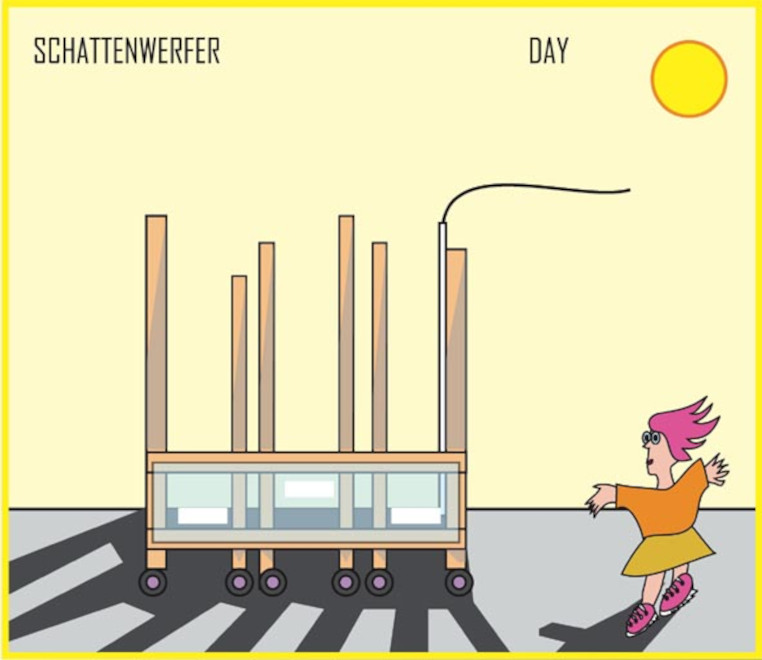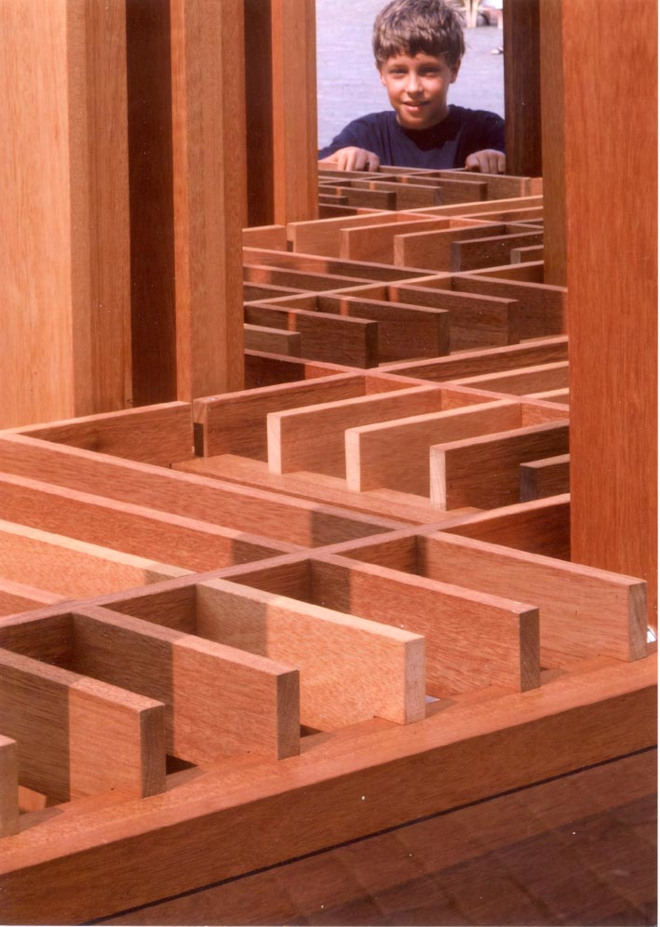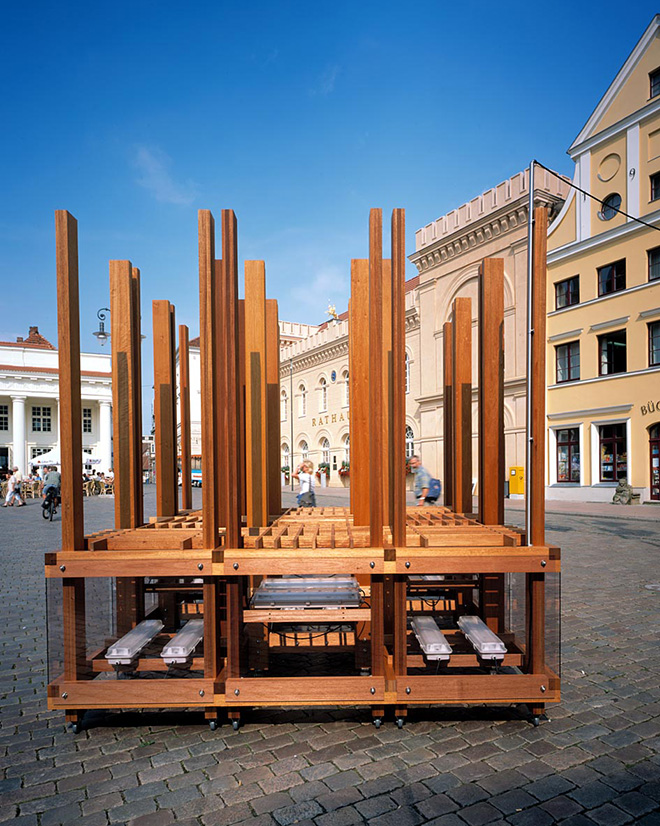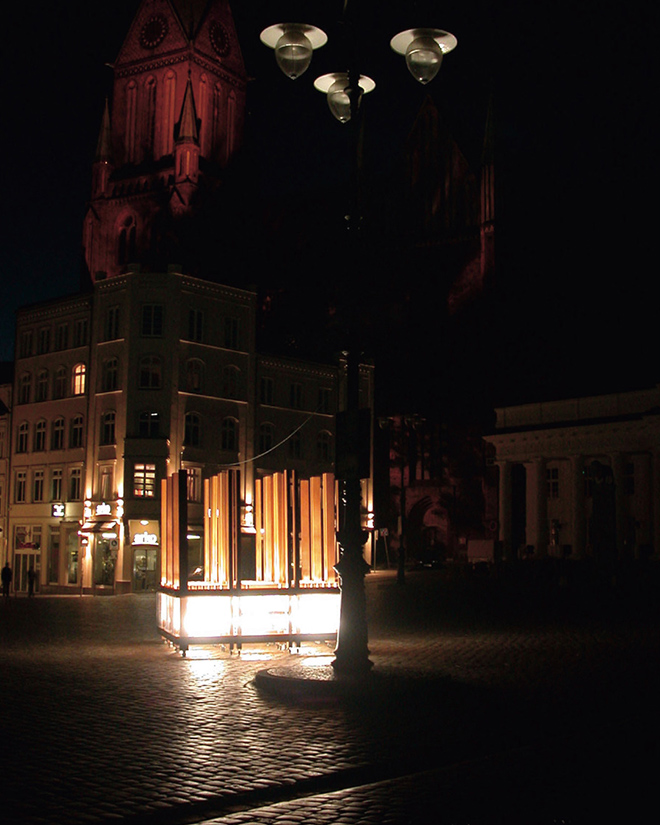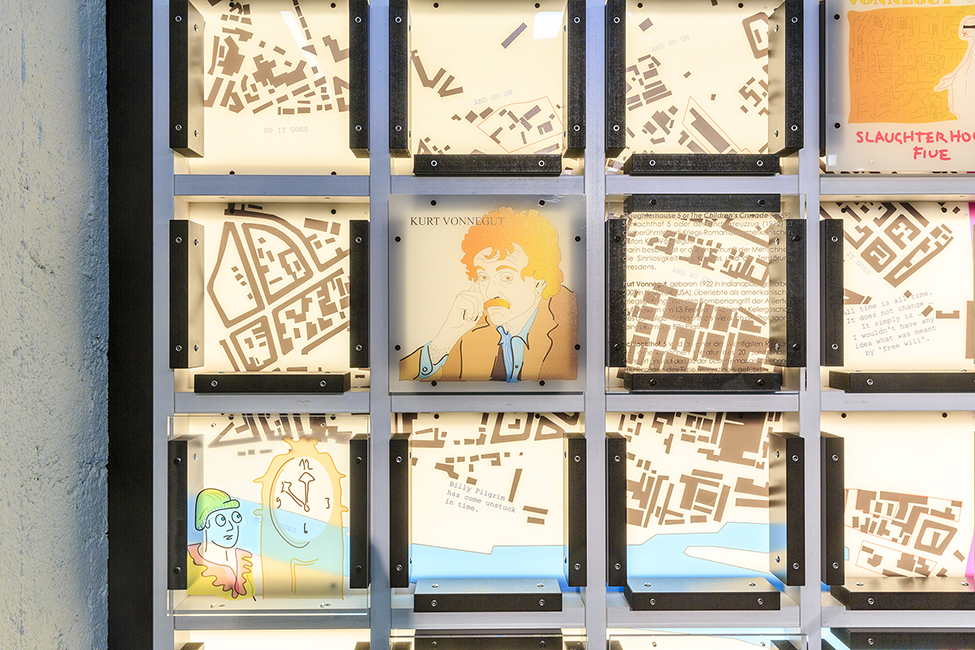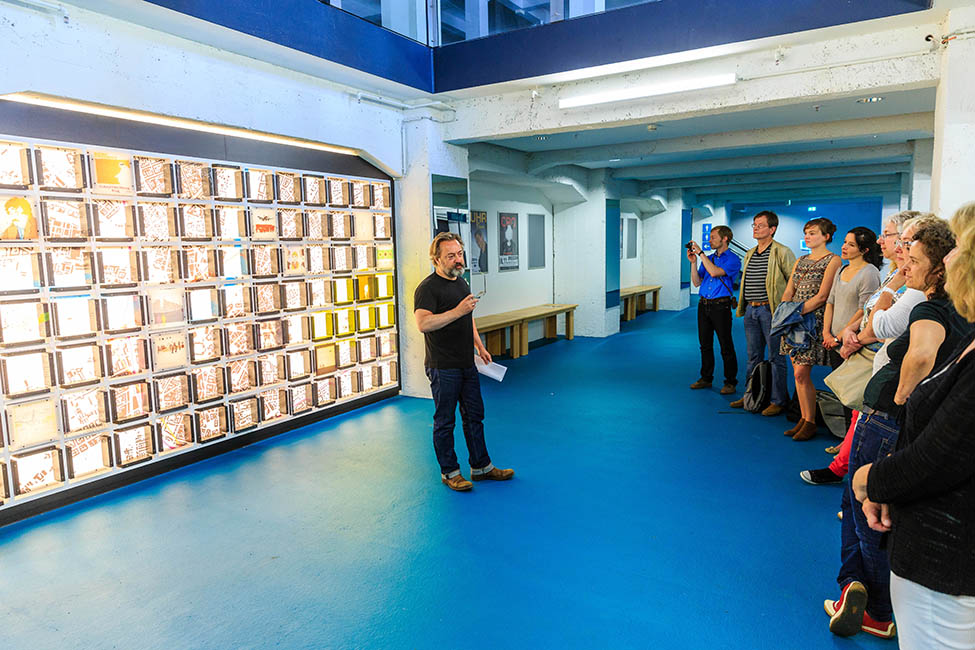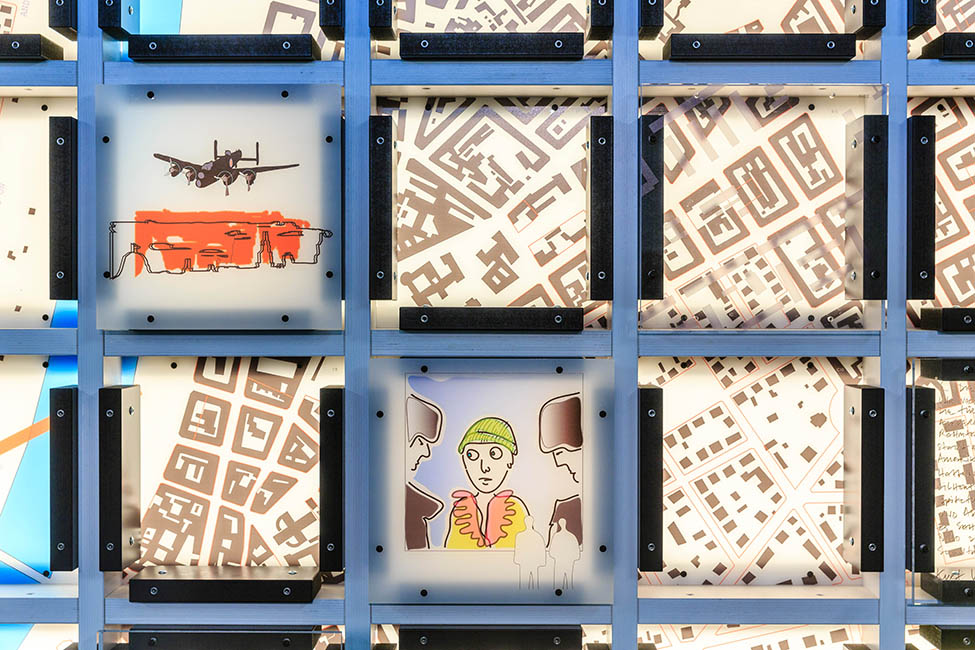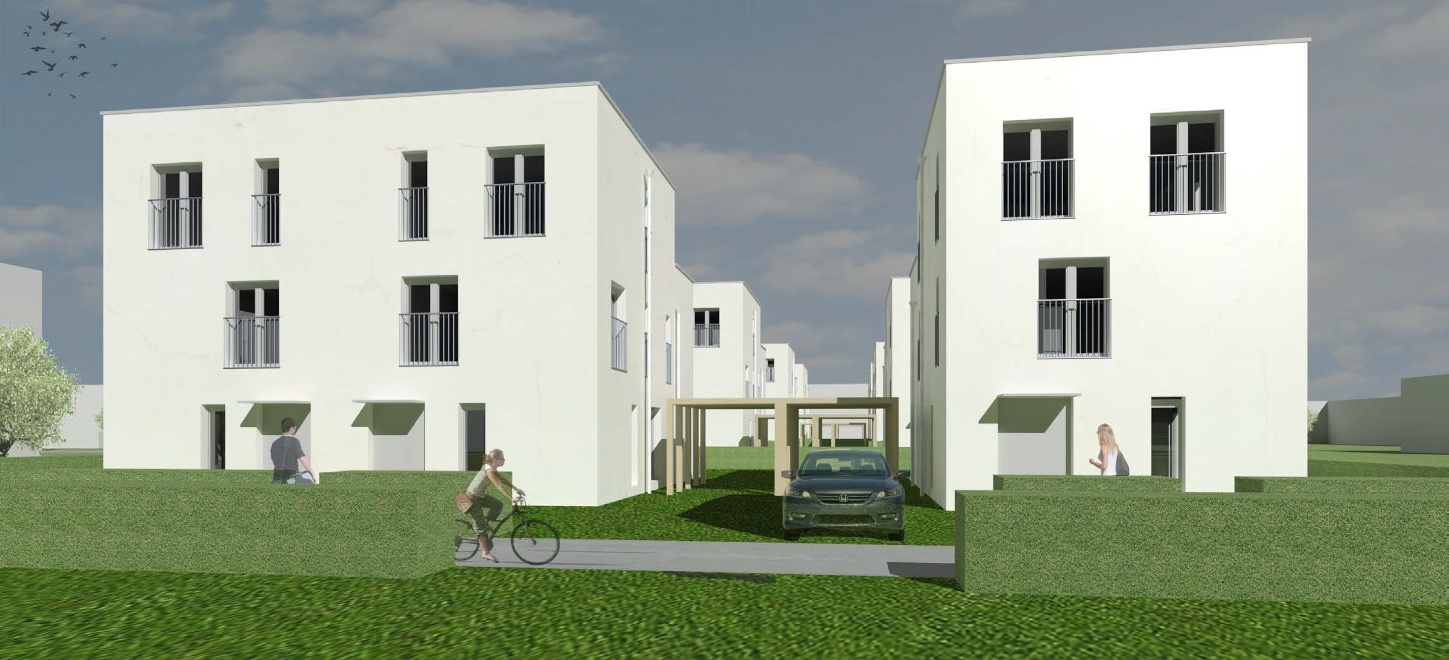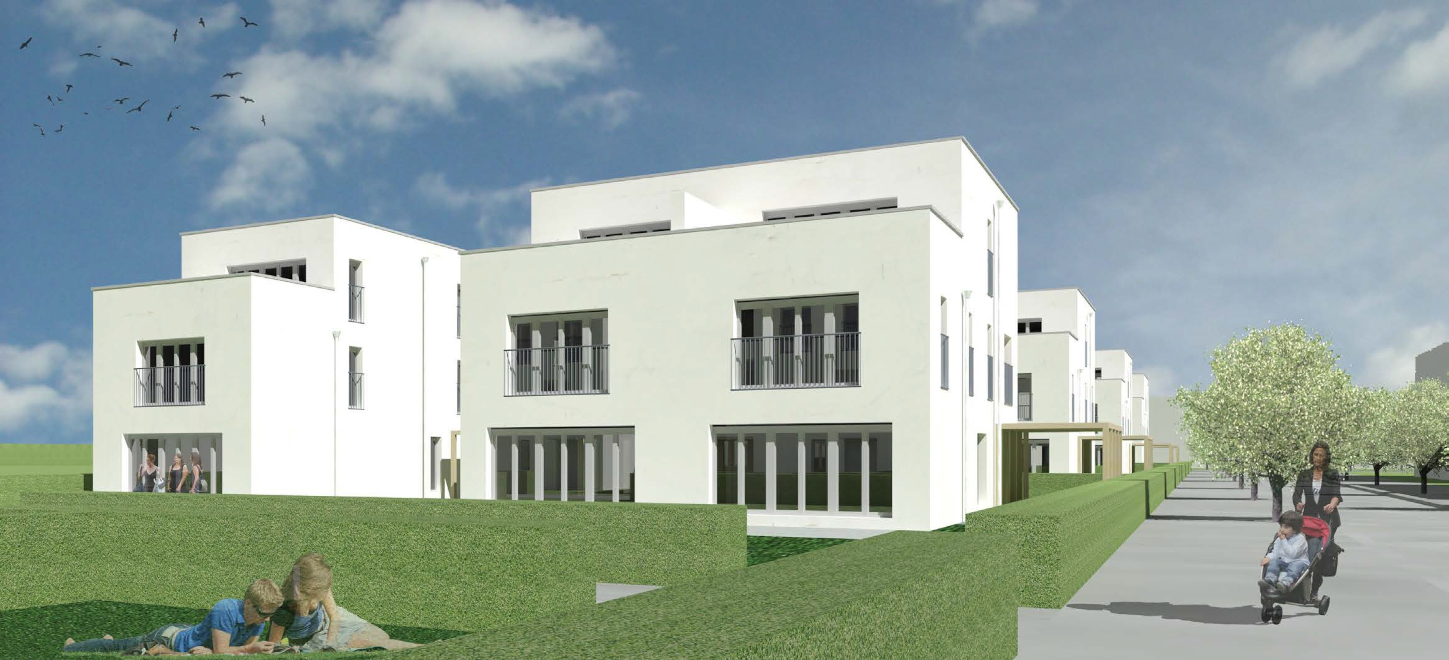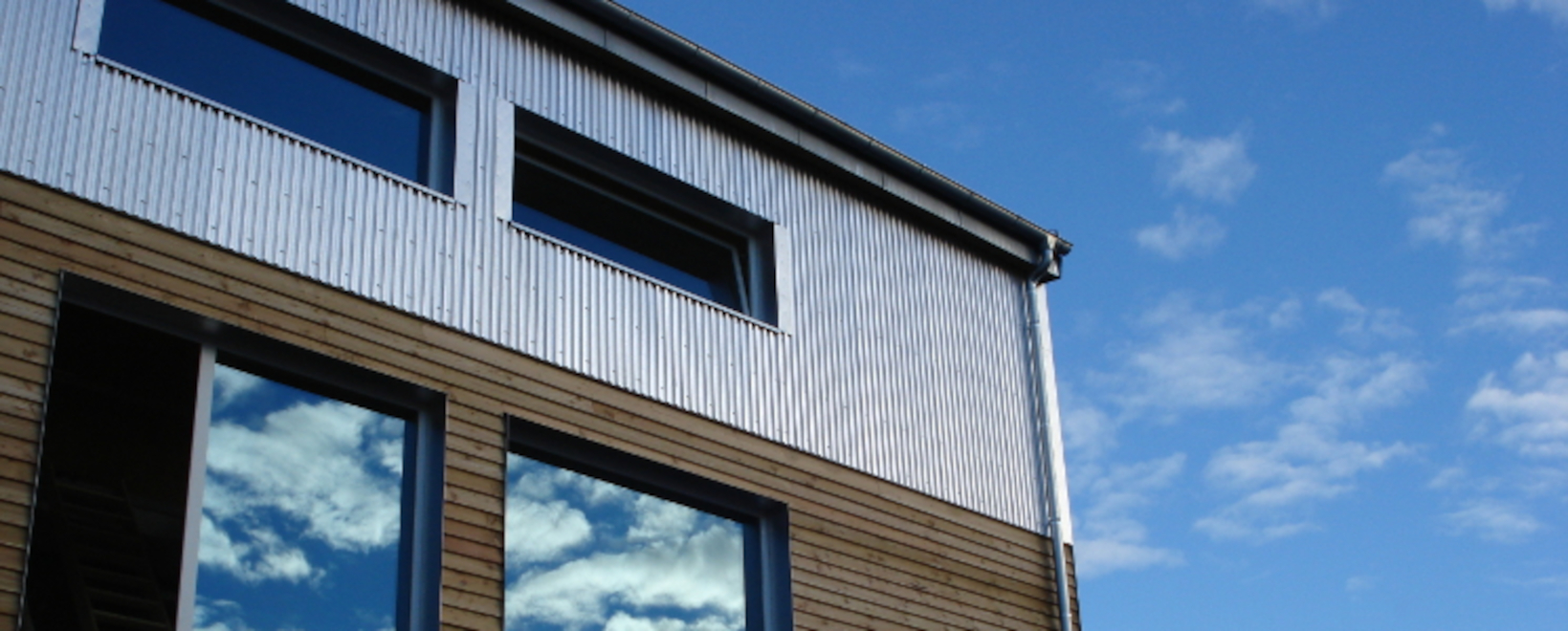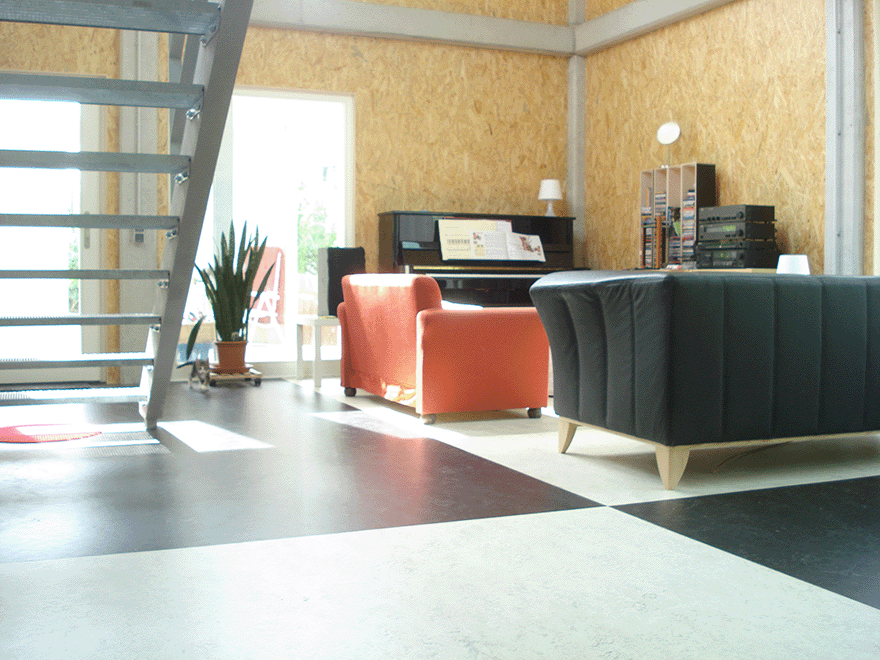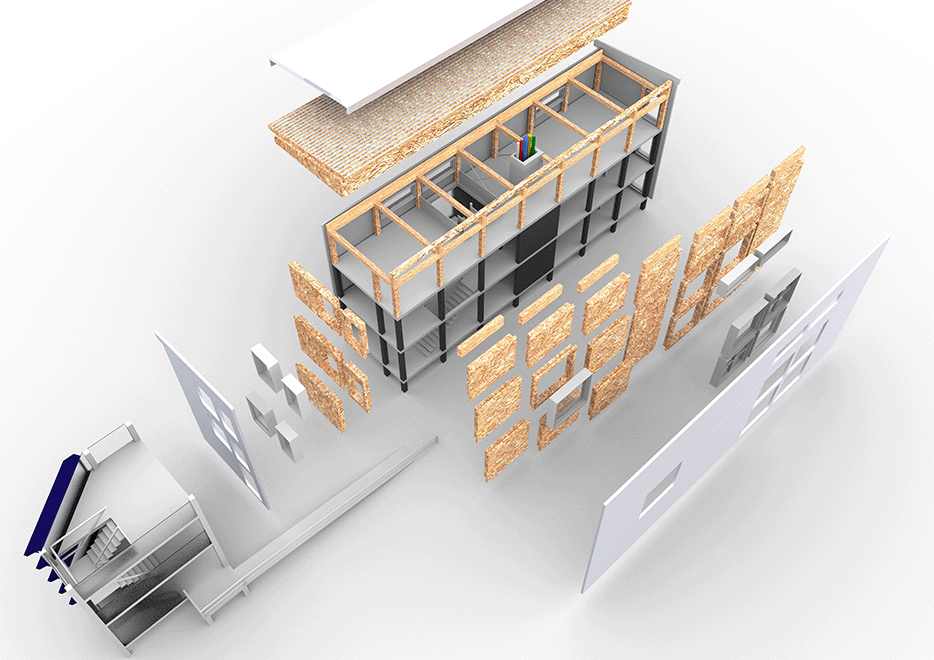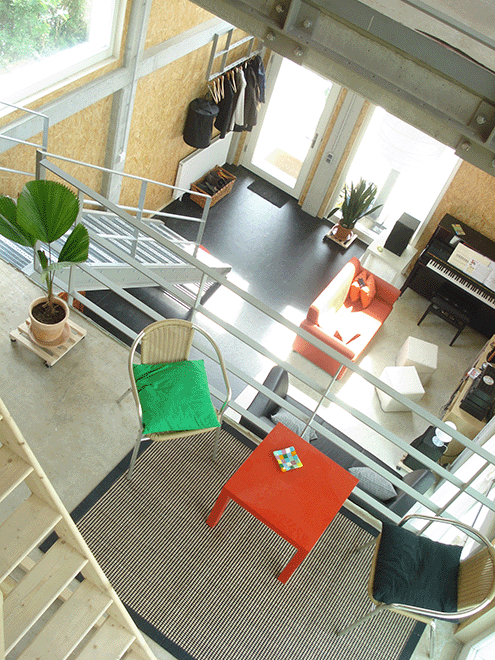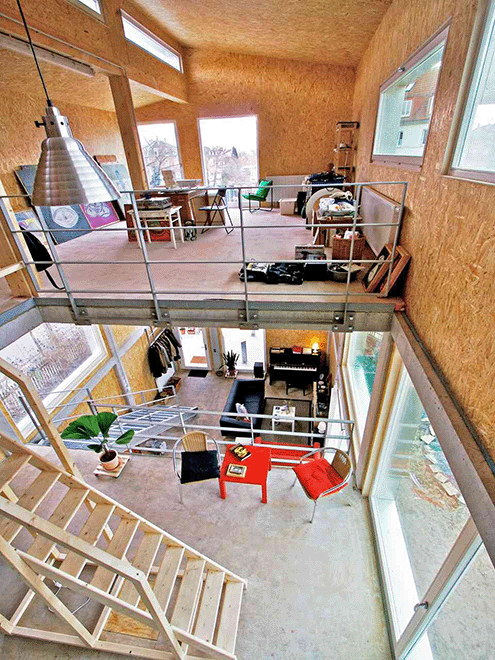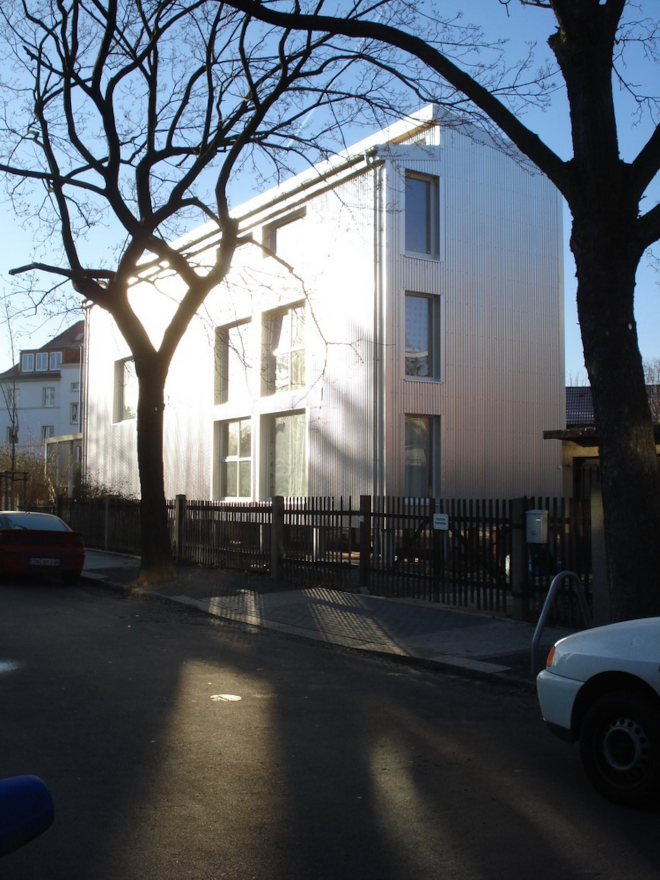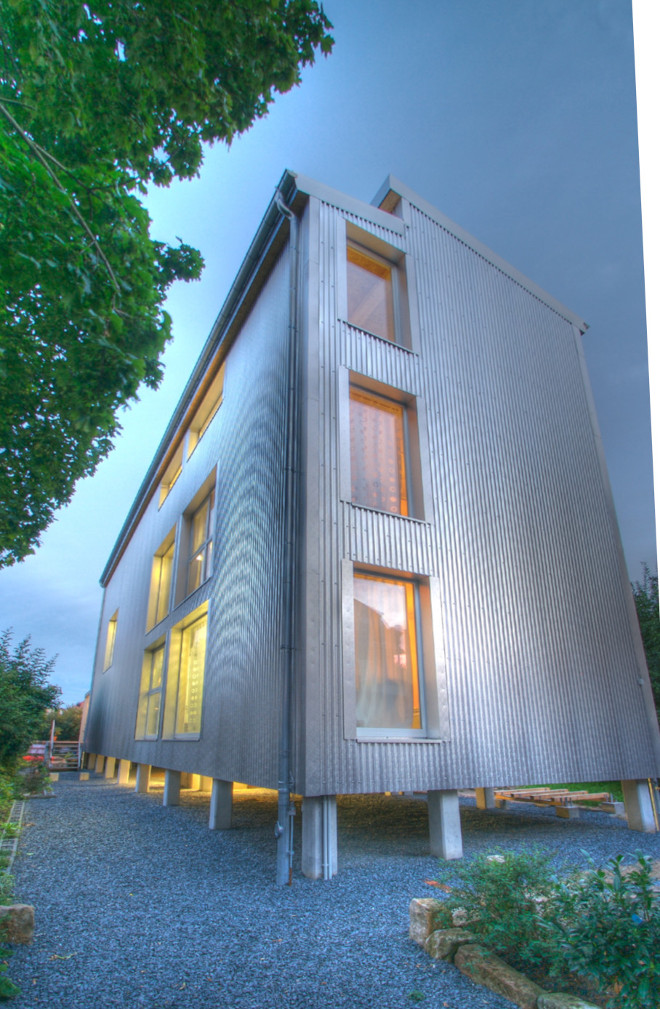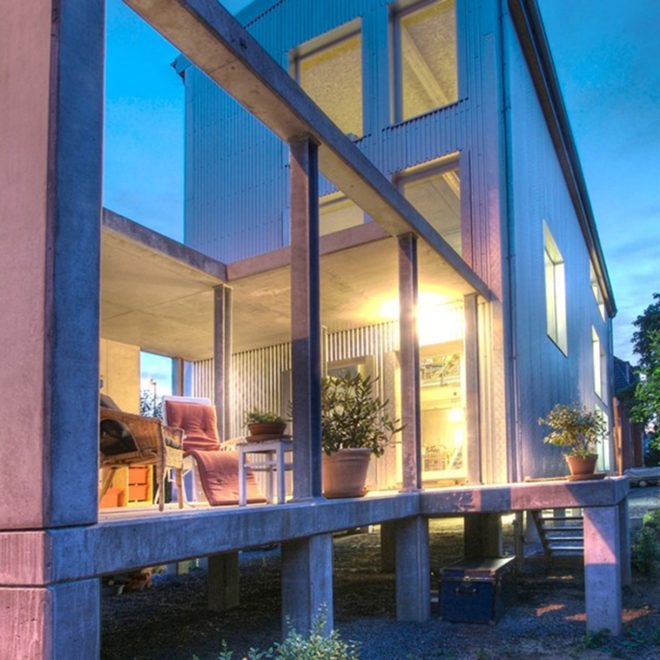Mobility center Reitbahnstreet
“Future traffic development is an important topic for architects. That’s why the study of the mobility center for Dresden’s city center is not about a parking garage in the traditional sense, but rather about flexible architecture for an innovative, future-oriented mobility concept.” Ruairí O’Brien With the concept we are in line with the medium- to long-term mobility development, in which the use of the automobile is only one option among many alternatives. The central location in the city center and the proximity to the main train station enables different mobility approaches to be linked in an innovative mobility hub (electric mobility, bike & ride, park & ride, rental stations, charging stations, rentals, etc.) and thus sustainable concepts for the city Future. An innovative, adaptable and evolving architectural concept was developed to take into account the future development of the city and transport in the city. Transformability is a property that will be important for future architecture in general to demonstrate true sustainability. The future decline in motorized individual transport and the long-term development towards a car-free city are already conceptually integrated here and the conversion of the building to benefit other uses, such as living, working/office, trade/services, has already been planned in advance. A sensible solution should be found for the inner-city brownfield site at the back of Prager Straße, with which the existing backyard atmosphere can be improved through the urban development context of Prager Straße and other current problems in connection with the inner-city development of Dresden can be addressed – as a benefit for the city and in favor of less vacant wasteland.










